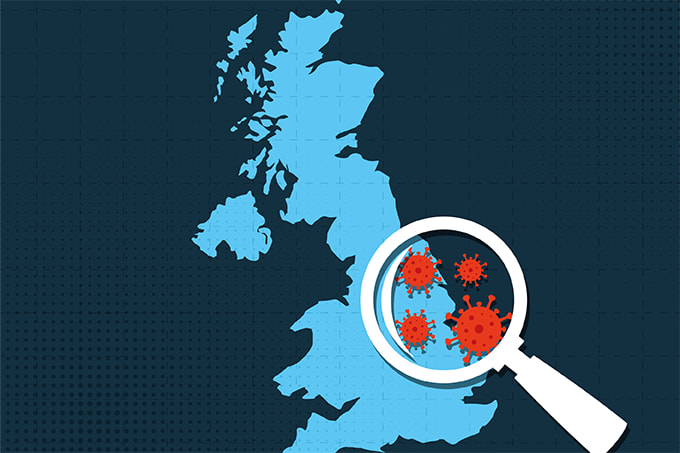
According to global health experts, we are living in an “era of pandemics.” COVID-19 was at least the fifth global health pandemic since the Great Influenza Pandemic of 1918. Zoonotic pathogens – disease-causing microorganisms that can spread from animals to humans – pose the greatest threat to global society. Hundreds of thousands, maybe millions, of viruses exist in mammals and birds, many of which could infect people.
Recent years have seen high levels of avian flu, which is mutating and jumping from birds to other animals with an ever-increasing pandemic threat, according to the European Centre for Disease Prevention and Control. Meanwhile, the Coalition for Epidemic Preparedness Innovations has identified seven priority pathogens – including COVID-19, Ebola and Lassa Fever – all of which are zoonotic.
While the extraordinary global response to the COVID-19 pandemic enabled containment and control of the disease through vaccines and therapeutics, this is not a sustainable approach. Future pandemics may well be more virulent, borne from pathogens significantly more complex to tackle. So, how should the world respond?
To navigate this era of pandemics a seismic shift in mindset and policy is needed – from a reactive to preventative approach that mitigates their spread.
Genomic sequencing lifts the lid on dangerous pathogens
The good news is that we have the means and the methods available to reduce the impact of zoonotic pandemics. Through modern biosurveillance techniques, we can actively monitor, detect, and analyze zoonotic pathogens and pre-emptively gauge their threat to humans.
In particular, genomic sequencing has become an invaluable tool to analyze genomic data from a variety of sources to identify potential pathogens and variants. Sources can include animal species known to harbor zoonotic pathogens – such as bats, rodents, primates and livestock – and individuals who work in close contact with animals, such as farmers, veterinarians, and market workers. Samples from these sources can be sequenced to identify mutations and detect new strains. Another useful source of information is wastewater, which can be analyzed to track resistance rates among microbes in local populations.
The ultimate goal – as characterized by the World Health Organization’s International Pathogen Surveillance Network – is a world where every country has equitable access to genomic sequencing and analytics as part of its public health surveillance system.
However, while governments are starting to expand their biosurveillance of zoonotic pathogens, many are still relying on one type of genomic sequencing technology – called short-read sequencing – to do so. While short-read sequencing has many uses, it analyses a pathogen’s genome in small fragments rather than one long, continual “read”, which can lead to parts of the genome being missed or contribute to high error rates. This, in turn, can lead to incorrect interpretation of the transmission mechanisms of pathogens as well as how they evolve to become drug resistant.
This matters because if we are tackling a pathogen that is more complex than COVID – which was comparatively simple to amplify and sequence – then an early, accurate picture is absolutely essential.
The time to act is now
To keep the threat of a potentially devastating pandemic at bay, governments urgently need to employ the latest advances in sequencing technology. Modern long-read sequencing technologies enable the sequencing of much longer DNA fragments, simplifying the interpretation of the sequence data and enabling sequencing of variants that current short-read sequencing technology struggles with. Therefore, long-reads enable a much clearer picture and deeper analysis of pathogens and their potential threat.
The latest generation of accurate long-read sequencers are becoming rapidly more accessible. As advances in the technology bring down cost, it is becoming more feasible to establish large-scale disease surveillance networks for many more nations, enabling a preventative approach to pandemics worldwide.
Addressing the threat – together
The threat of zoonotic pathogens is increasing. Urbanization is increasing the risk of rapid transmission; meanwhile, climate change is altering the habits of mosquitoes and ticks creating greater opportunity for diseases like malaria, dengue and Lyme disease to spread.
Now is the time to act. By introducing the latest generation of sequencing technology as part of a national biosurveillance plan, governments can help to identify dangerous zoonotic pathogens before they spread. Alongside technology, international collaboration and data sharing will enable the world to shift towards a preventive approach, avoid global public health crises, and help to make the era of pandemics a thing of the past.




